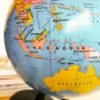How to Provide a Private Island With Drinking Water
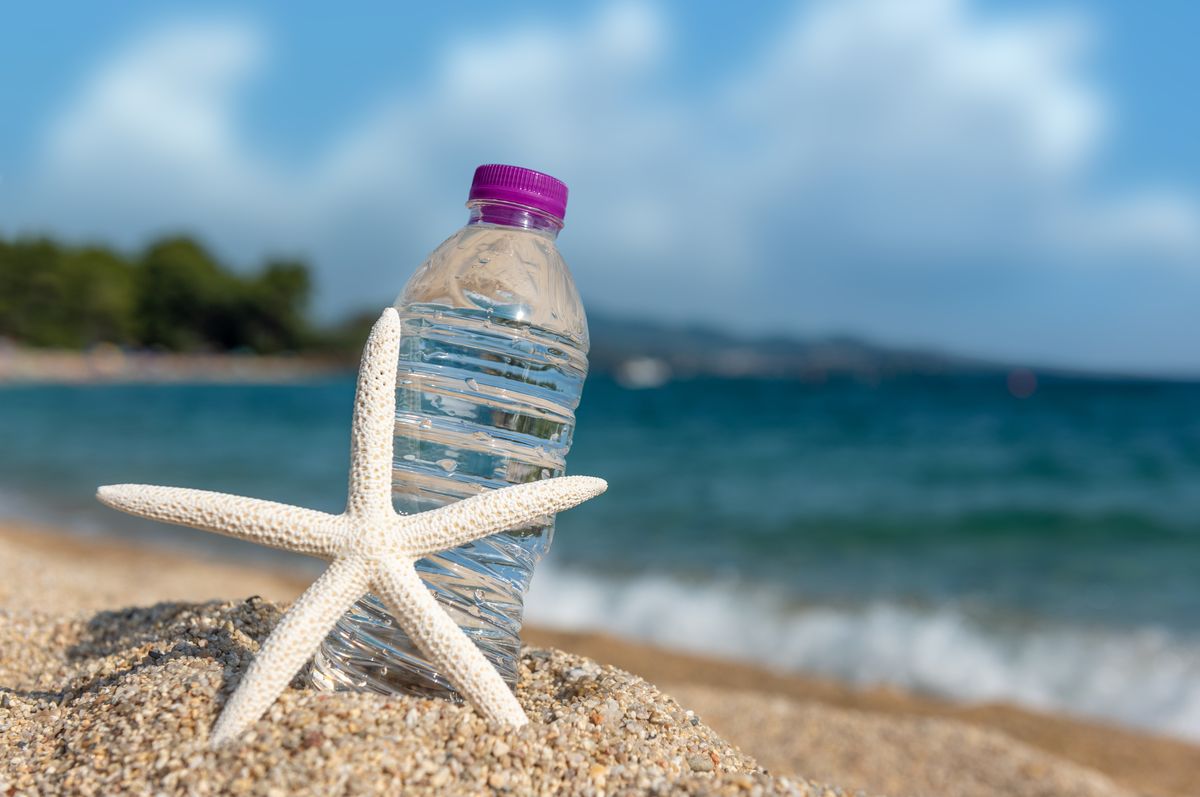
Buying an island is only half the battle because after settling all the issues of the purchase and sale process, the actual work on the island begins. If you have become the owner of a private island with water and electricity available – this is great! However, these issues often fall on the shoulders of the new owner, who needs to plan everything from scratch. In this article, we will explore some general tips, which will help you to provide a private island with Drinking Water for drinking and household needs.
Methods of providing the island with fresh water
You will never know the true value of water until you feel a long-lasting debilitating thirst. It is this particular resource that becomes the most valuable asset on a private island. The well-being, health and life of the island’s inhabitants depend on water. So you need to take care of the uninterrupted water supply on the island and find the best options to get drinking water. There are several basic methods to provide a private island with drinking water. We will discuss them below.
Wells
On some islands, it is possible to arrange a well, which will become the main source of fresh water. However, this option will not work everywhere and depends on many factors.
For obtaining access to fresh water through wells on a private island, a special combination of geological and geographical features is needed: a lot of rain, very permeable rock that could hold a lot of rainwater, and a good waterproof layer insulating fresh water from salt water with impermeable rocks with small or no cracks.
Why is this important?
The thing is that the fresh water slowly gets into the ground and into the rocks over time, as the soil and stones absorb the rainwater. On a small island, however, salt water surrounds the rocks and soil on all sides and hydraulically contacts the island aquifers. Due to diffusion, the salt in seawater comes into contact with the fresh water inside the rocks and makes it salty. This process is known as Saltwater intrusion. Therefore, it is important that groundwater reserves have enough time to be replenished by rainwater before the water falls lower and becomes unfit for drinking.
Thom Booth, hydrogeologist and engineer, says that getting fresh water through wells on an island is a complex hydraulic exercise, but, generally speaking, you can get fresh water this way if you do everything right. That is why we recommend contacting specialists for well planning.
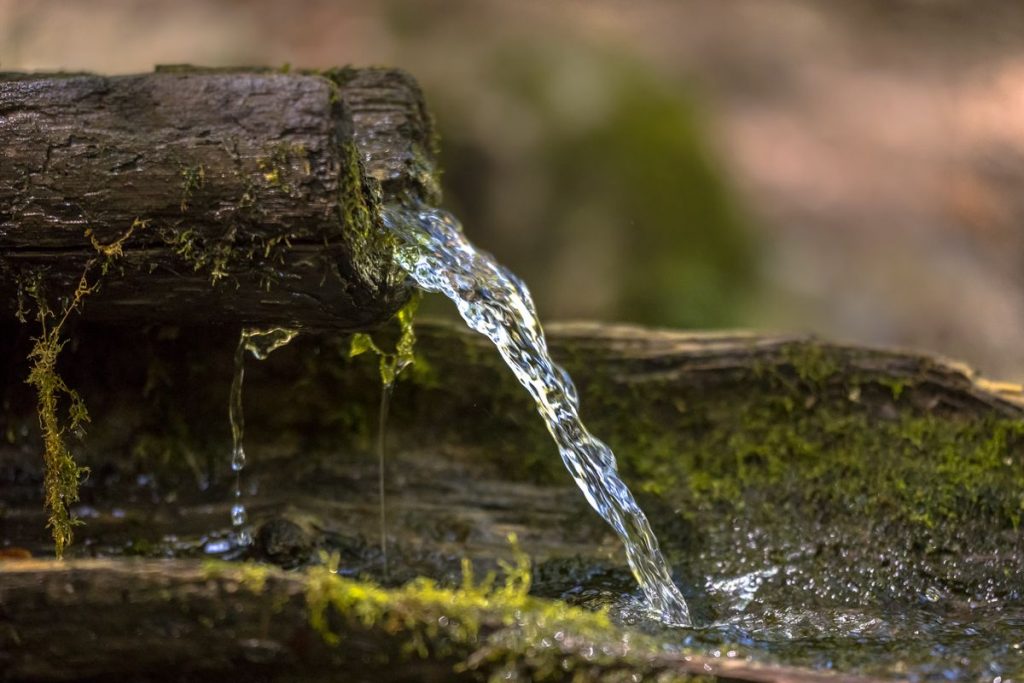
Desalination of sea water
The situation with water on private islands is quite ironic: the islands are practically surrounded by water that cannot be drunk. 1 liter of sea water actually contains our daily salt intake. To cope with an overdose and remove this amount of salt, the body needs very large volumes of fresh water. If it is not enough, the body will begin to take fluid from tissues and organs, which very quickly leads to dehydration. In addition, the salt water entering the body overloads the kidneys, causes intestinal disorders and other unpleasant consequences.
To make ocean water suitable for the human body, water desalination methods may be applied. Desalination of water on a private island is a fairly common method of water supply for industrial and drinking needs. This will require desalination plants. They can be purchased for $ 20,000 to $ 50,000.
Reverse osmosis is the most common method of water desalination on private islands. Purification is done with the help of semi-permeable membranes, through which water molecules can flow, but not the salt. The membrane in good condition will remove up to 99% of the brine. Also, additional filters are installed to purify the water from other harmful trace elements.
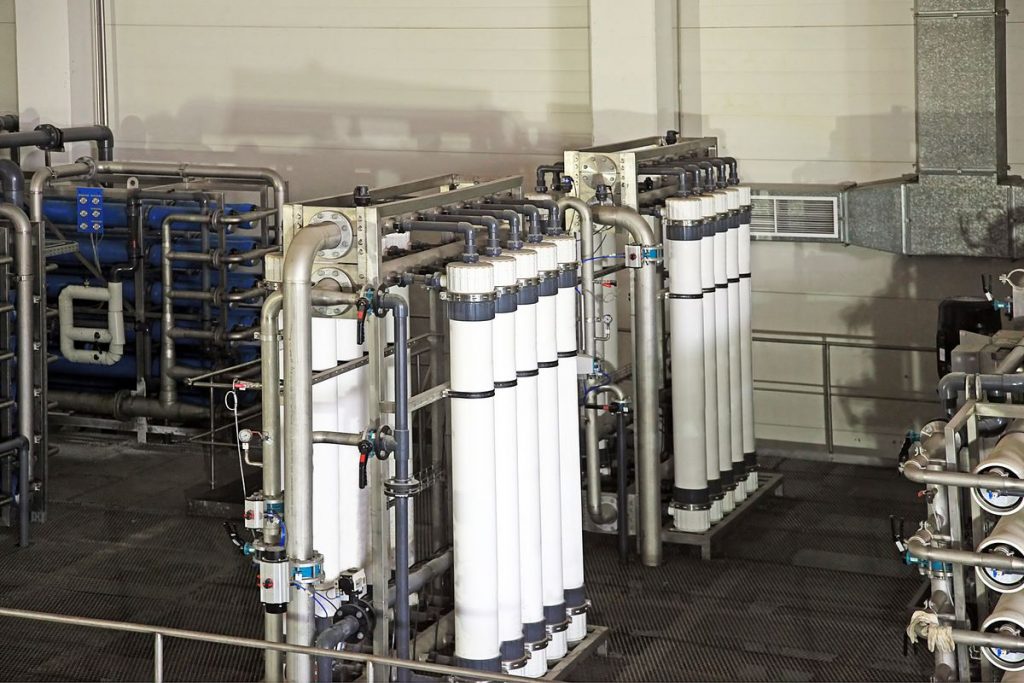
Rainwater collection
Precipitation is one of the most important factors in planning the island’s water supply. For example, in the tropics, rainwater collection can provide a potential water supply for domestic use, if calculated correctly. The calculations take into account the average rainfall on the island over 5 years, including droughts. In addition, the size of the tanks, the roof area used to collect rain, as well as the number of people who will use the plumbing have to be considered.
For rainwater collection, the tanks ranging in size from a few gallons to thousands of gallons are used. Tanks can be built above ground or underground, sometimes installed in the foundation or on top of the house. If the water supply is intended for human consumption, tanks may be equipped with filters or other methods of water purification.
In addition to the direct collection of rainwater, the amount of precipitation affects the nature of groundwater and the possibility of water supply from wells.
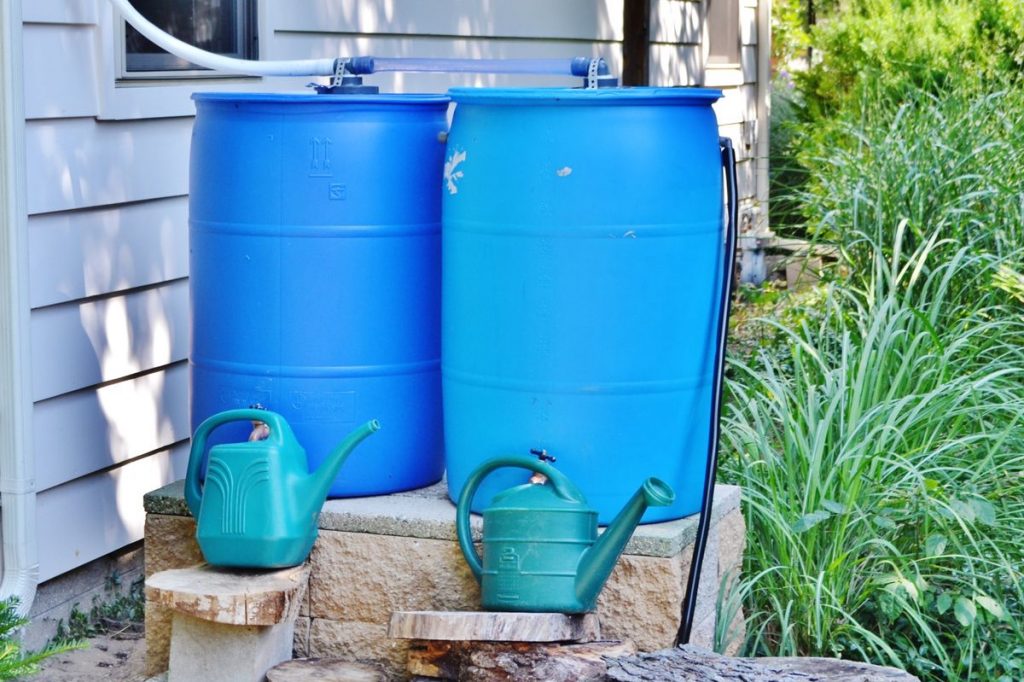
Delivery of water from the mainland
There are other solutions for the supply of drinking water to a private island. For example, if the island is located close enough to a source of water on the mainland or on a larger island, the best solution may be to lay a pipe to a private island.
Also, the great solution may be the delivery of water in special containers. But most often, island owners combine various options to provide the islanders with quality drinking water and minimize the risks associated with water shortages.
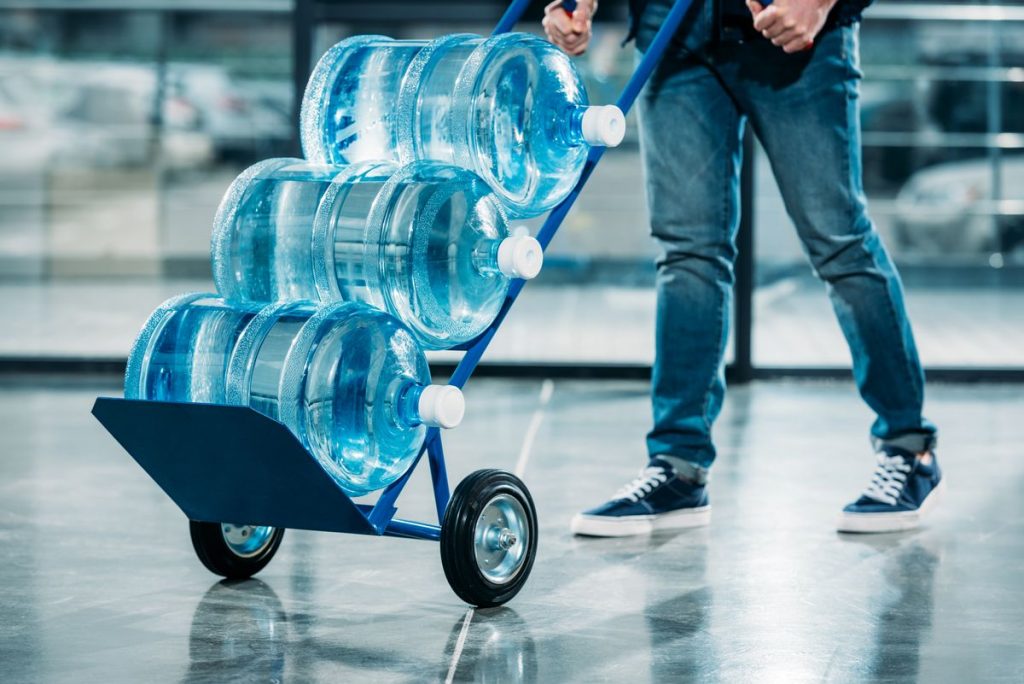
Water for sewage and other needs
Biological treatment systems are often utilized to clean sewage on a private island. The water obtained after such processing can be used for watering greenery. Also, sea water or water of insufficient quality for drinking received from wells is often applied for household needs.
To conclude
In order to provide a private island with drinking water resources, it is necessary to carefully analyze all the factors that may affect the water supply: location of the island, climate, amount of precipitation, methods of delivery and transport connection, nature of soils and groundwater, rocks characteristics, etc. In this case, it is best to enlist the help of a competent manager on island development and the relevant services. This will help to invest properly and establish an uninterrupted water supply for all island residents.
For the “Find Islands” catalog, we collect a database of various private islands listed for sale. Before buying an island, you can get acquainted with all its characteristics, and communications, as well as consult with the current owner on water supply or other issues.



